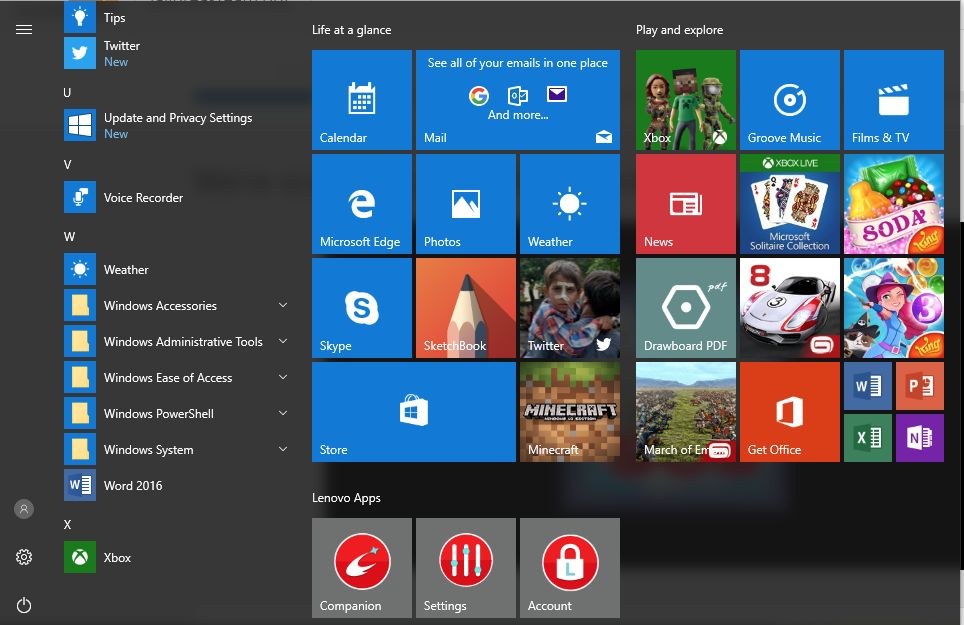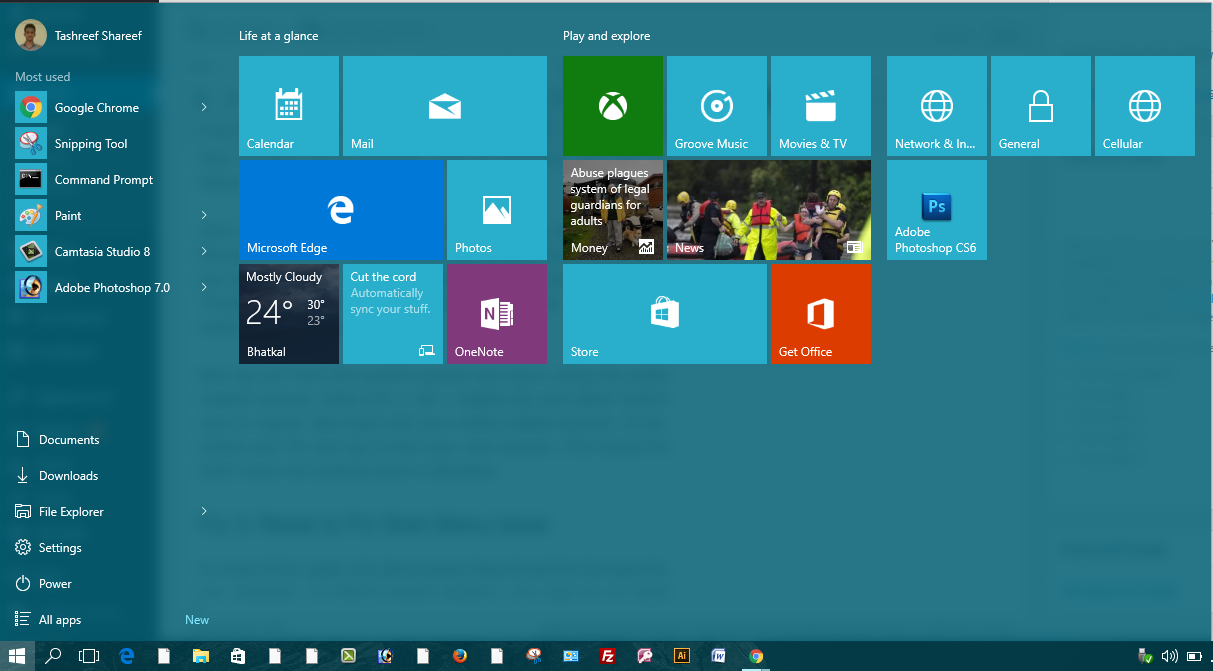

- #WINDOWS 10 START MENU NOT OPENING CONTEXT MENU NOT OPENING UPDATE#
- #WINDOWS 10 START MENU NOT OPENING CONTEXT MENU NOT OPENING PASSWORD#
- #WINDOWS 10 START MENU NOT OPENING CONTEXT MENU NOT OPENING PC#
But Some Of the user’s Report After installing Recent updates or upgrade to windows 10 21H1 update They face problem like windows 10 start menu search not working, windows 10 start menu not opening, Start menu freezes etc. Also, Microsoft Pushes Day Day updates with lots but fixes, Security improvements, and new Features. It’s A great change by Microsoft Team Cortana to make the search Better. Again with Windows 10, Microsoft has introduced the Start menu search box in the taskbar This time it’s actually integrated with Cortana.
#WINDOWS 10 START MENU NOT OPENING CONTEXT MENU NOT OPENING PC#
To move your personal files from your old account to your new account, try opening File Explorer, expanding This PC > OSDisk (C:), and looking in the Users folder, where you should see folders for both accounts. You can then copy and paste your files from the old account folder to similar locations in the new account folder. Or if you prefer, you can upload your files from your old account to OneDrive, and then sign into the new account and download the files from OneDrive.Start menu Search is an older Features Available from Windows XP, Vista, Windows 7. Under Your family (or Other users, if you're using Windows 10 Enterprise), choose the account you created, and then select Change account type. In Settings, select Accounts, then select Family & other users.
#WINDOWS 10 START MENU NOT OPENING CONTEXT MENU NOT OPENING PASSWORD#
Set a user name, password, and password hint. On Windows 10 Enterprise, select I don’t have this person’s sign-in information, and then select Add a user without a Microsoft account. On Windows 10 Home and Windows 10 Professional, provide a name for the user and a password, and then select Next. Under Other users, select Add someone else to this PC. In Settings, select Accounts > Family & other users (or Other users, if you’re using Windows 10 Enterprise). Type your Microsoft account password and select Next.Ĭhoose a new account name, password, and password hint, then select Finish and sign out. Select Sign in with a local account instead. You'll see this link only if you're using a Microsoft account, and you may not see it if your device is on a network. In Settings, select Accounts > Your info (in some versions, it may be under Email & accounts instead). If you're signed in with your Microsoft account, remove the link to that account first by doing the following (if that's not how you're signed in, skip to creating a new administrator account): If you still can’t fix your problem with the Start menu, try creating a new local administrator account. If the problem still isn't fixed, try deleting your old administrator account

To move your personal files from your old account to your new account, try opening File Explorer, expanding This PC, selecting OSDisk (C:), and looking in the Users folder, where you should see folders for both accounts. You can then copy and paste your files from the old account folder to similar locations in the new account folder. Or if you prefer, you can upload your files from your old account to OneDrive, and then sign into the new account and download the files from OneDrive.

If everything is fixed, move your personal data and files to the new account. Sign out of your account and then sign in to your new account. Under Account type, select Administrator > OK.

Under Family & other people (or Other users, if you're using Windows 11 Enterprise), choose the account you created, and then select Change account type. Make the new account an administrator account Provide the requested info and follow the prompts to create the account. Under Other users, select Add someone else to this PC or Add account. Select Accounts > Family & other people (or Other users, if you’re using Windows 11 Enterprise). If you aren't using an administrator account and you don't have one, you can create an account and set it as an administrator account. If you see "Administrator" near your name, then you're using an administrator account. To see which account you're signed in with: If you still can’t fix your problem with the Start menu, try signing in with an administrator account.


 0 kommentar(er)
0 kommentar(er)
